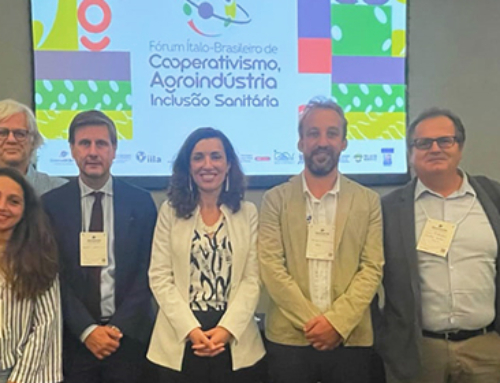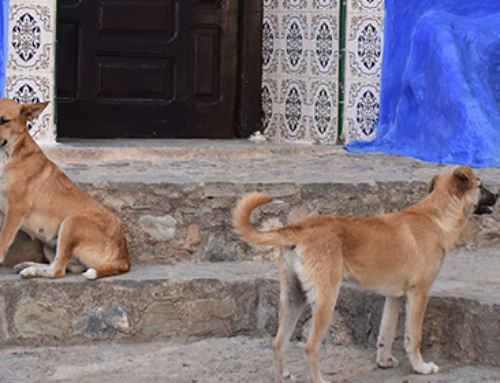The growing demand for food proteins, due to the burgeoning global population, has fuelled research into alternative sources of food to meet nutritional, sustainability and efficiency requirements. In 2013 the Food and Agriculture Organization of the United Nations (FAO) published a document setting out the potential of insects as food and feed.
Insects have very different biological and ecological characteristics from those of animals traditionally bred for human consumption but can nonetheless present microbiological, chemical and toxicological hazards. Accordingly, as for other farmed animals, foodborne pathogens need to be monitored within the insect production chain. Salmonella, for example, constitutes an important hazard in foods of animal origin, being the leading cause of foodborne outbreaks in Europe.
Factors such as insect species, breeding substrate and the processing methods used can influence the presence of pathogens. Insect farms can be contaminated by Salmonella in the absence of sufficient hygiene procedures; hence, for risk assessment and mitigation purposes it is crucial to understand how long salmonella persists in farmed insects. It is likewise important to collect data on the presence of Salmonella in insect species authorised for human consumption, such as Acheta domesticus (house crickets) and Tenebrio molitor (mealworms).
In the framework of a current research project funded by the Italian Ministry of Health (RC IZSVe 03/21), Istituto Zooprofilattico Sperimentale delle Venezie (IZSVe) conducted two systematic reviews of the scientific literature:
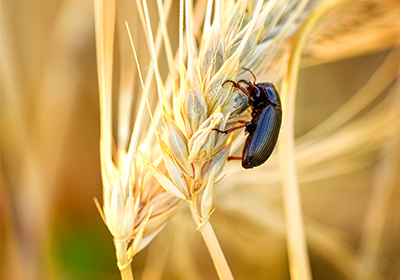
A systematic review carried out by the IZSVe on the persistence of Salmonella in insects showed that, among those with complete metamorphosis, the longest persistence was reported in Phormia regina (black fly), where the pathogen survived for 29 days at 5°C. Similarly, Salmonella survived in the feces of Alphitobius diaperinus for 28 days. The insect with incomplete metamorphosis that showed the longest persistence of Salmonella (>10 months) was Blatella germanica.
- the first, to explore the scientific literature on Salmonella persistence in different insect species, with the view to provide information on the safety measures needed in insect-based food production;
- the second, to gather evidence available in the scientific literature on the presence of Salmonella in the farmed insects Acheta domesticus and Tenebrio molitor and in derived products.
Salmonella persistence in different insect species
To assess studies investigating the persistence of Salmonella in insects, the team carried out a search on the scientific publication databases, PUBMED, EMBASE, WEB of Science Core Collection and Food Science and Technology Abstracts. A total of 36 papers were included following screening first by title/abstract and then by full-text evaluation.
In insects with complete metamorphosis, the longest reported persistence of Salmonella was in Phormia regina (the black fly), in which the pathogen survived for 29 days at 5°C. Similarly, Salmonella persisted in the faeces of Alphitobius diaperinus for 28 days.
The insect with incomplete metamorphosis showing the longest Salmonella persistence (> 10 months) was Blatella germanica. Periplaneta americana (the American cockroach) excreted Salmonella through its faeces for 44 days, until all the insects were dead.
The retrieved data were published in the international scientific journal, Nature – Science of Food, and can be used to produce risk assessment models on which to base both regulatory and commercial risk mitigation strategies. The review protocol is registered in the systematic review database PROSPERO (CRD42022329213).
Read the article in Nature – Science of food » Read the protocol in PROPSPERO »The presence of Salmonella in Acheta domesticus and Tenebrio molitor and in derived foods

From a further systematic review carried out by the IZSVe on the presence of Salmonella in the most farmed and sold insect species for food purposes (Acheta domesticus and Tenebrio molitor), it emerged that a study isolated the serotypes Salmonella Wandsworth and Salmonella Stanley in a sample of ready-to-eat crickets. Another study detected genetic material referable to Salmonella enterica in cricket flour, but the viability of the bacterium was not demonstrated. No study has isolated Salmonella in tenebrionids.
The aim of the second systematic review performed by the IZSVe researchers was to collect, select and assess studies investigating the presence of Salmonella in Acheta domesticus and Tenebrio molitor, the species of insects most widely reared and sold as food, both during farming and in derived products.
In this case too, the review was conducted on four databases, PUBMED, EMBASE, WEB of Science Core Collection and Food Science and Technology Abstracts. Account was taken of all available papers published in peer-reviewed scientific journals in English, French, Italian, Portuguese, German, and Spanish. On completion of the screening process, 10 studies were included on house crickets and 9 on mealworms for data extraction purposes.
The resulting data were summarised in tables indicating the number of positive samples out of the total analysed samples, together with other characteristics of interest for the study. The quality assessment of the studies took into consideration relevant aspects for sampling and the analysis method used to detect Salmonella.
One study isolated the serovars Salmonella Wandsworth and Salmonella Stanley in a sample of ready-to-eat crickets; the food in question was produced in New Zealand and the crickets came from Asia. Another study reported on genetic material attributable to enteric Salmonella in cricket flour, but the viability of the bacteria was not demonstrated.
The review highlighted limitations in the experimental design of the considered studies: sampling, for example, was based on convenience and practical factors (e.g. online markets or sales points close to the study site) rather than on robust statistical methodology.
Considering also the limited number of available studies and the growing market for these insects, the review conducted by the IZSVe researchers thus highlights the need to enhance scientific research on the presence of Salmonella in these species.
The review was published in the International Journal of Food Microbiology, while the related protocol can be found both on the IZSVe website and in the Systematic Reviews for Animals and Food (SYREAF) database.
Read the article in Journal of Food Microbiology » Read the protocol »

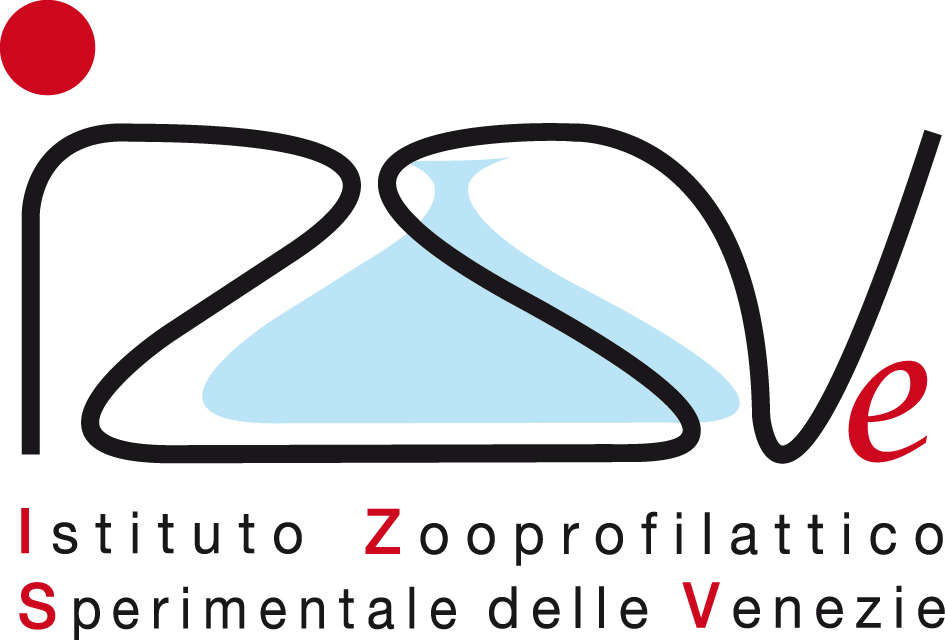

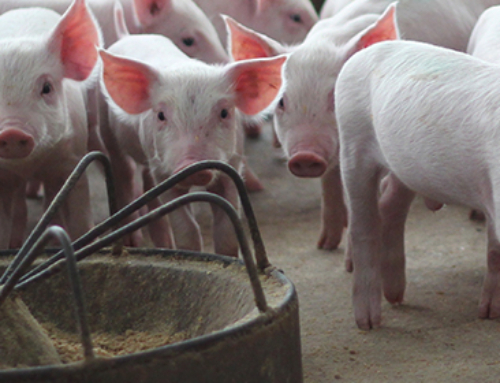
![What is the purpose of scientific literature reviews? [Video]](https://www.izsvenezie.com/wp-content/uploads/2025/07/what-purpose-scientific-literature-reviews-video-500x383.jpg)
